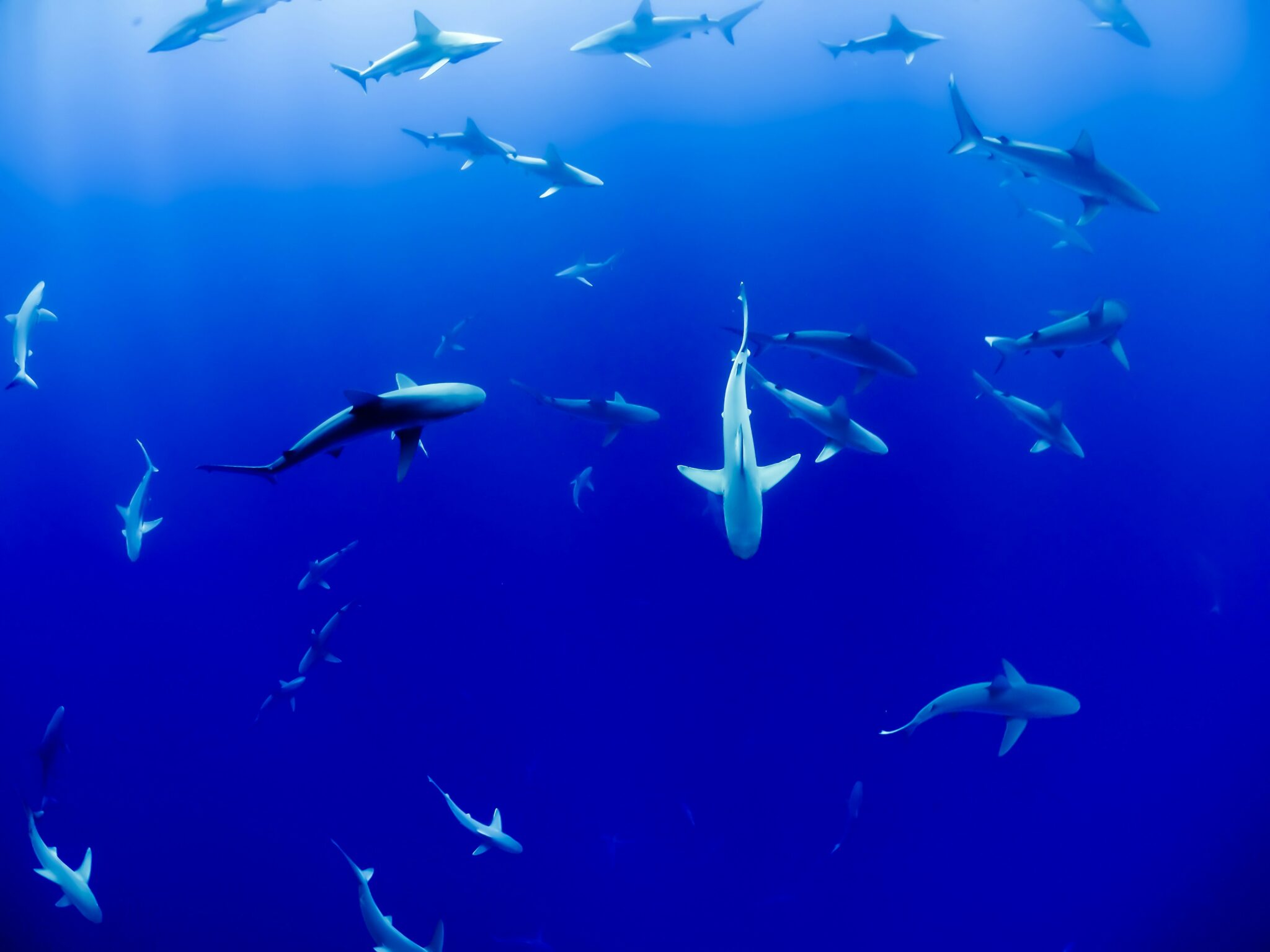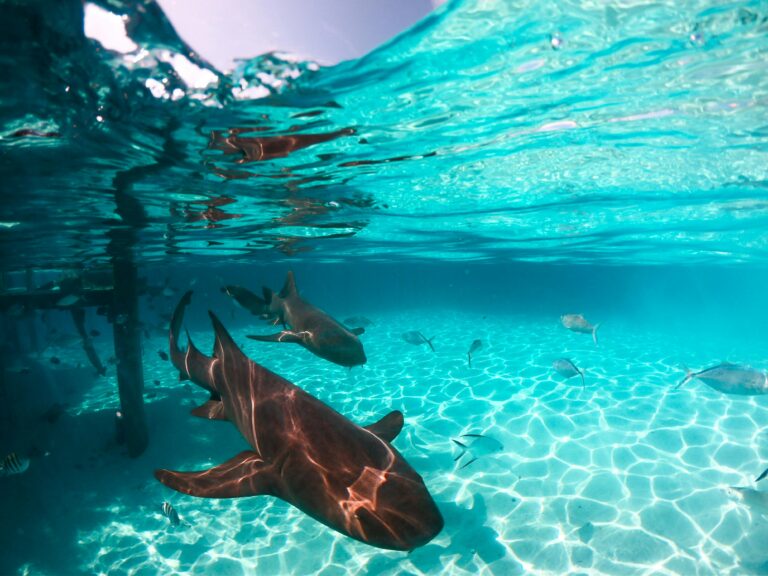By Courtney Cooper
The Science Behind Shark Attraction: What Really Brings Sharks to the Boat?
Picture this: you’re aboard a vessel in False Bay, Cape Town, peering over the side as water stirs, and a dorsal fin emerges. What’s pulling these formidable predators to your boat? Let’s dive into real science.
We also discuss further shark facts that you might be interested in! Apex Shark Expeditions provides the best shark cage diving in Cape Town.
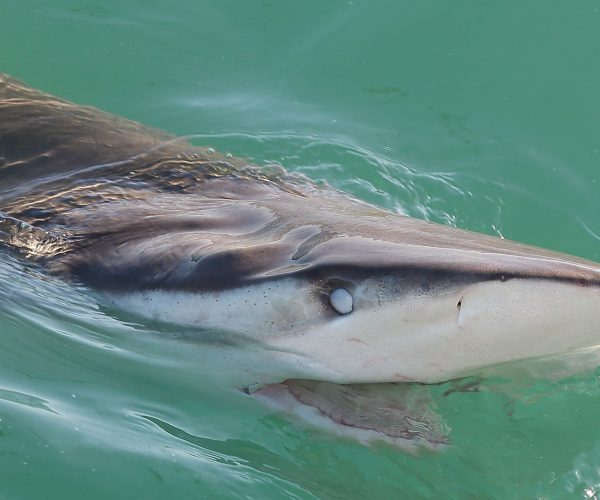
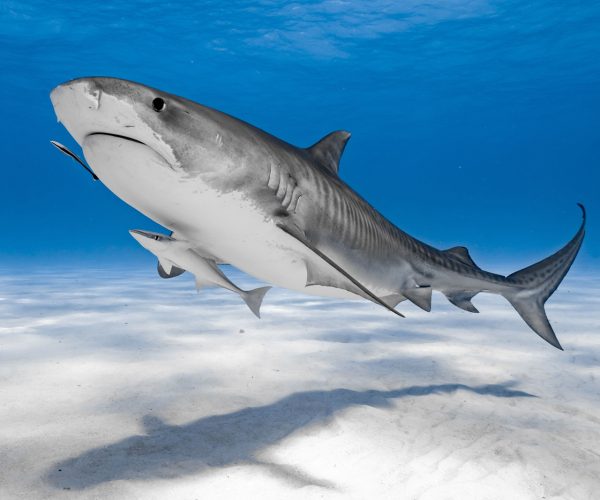
The Role of Chum: Luring, But Not Conditioning
One primary method operators like Apex Shark Expeditions use is chumming: dispersing fish offcuts, fish oils, and blood to create a scent trail leading to the boat. Research confirms that when used responsibly, chum doesn’t significantly distort shark behaviour. It attracts sharks already in the area as they follow natural scent trails, rather than teaching them to associate boats with food. That same practice, when confined to regions sharks already frequent, produces minimal and short-lived effects on their movements.
Supporting this, a peer-reviewed study of white sharks off Dyer Island (2009–2018) underscores that great whites are highly transient, with only 1.2% of individuals being resighted over years, pointing to no persistent fishing-boat conditioning. Likewise, in Gansbaai, data spanning 14 years (2009–2024) found no link between shark sightings/resighting and cage-diving operations, with a chi-square test showing non-significance (p-values well above 0.05). That confirms chumming doesn’t instill site fidelity; sharks simply investigate and then move on.
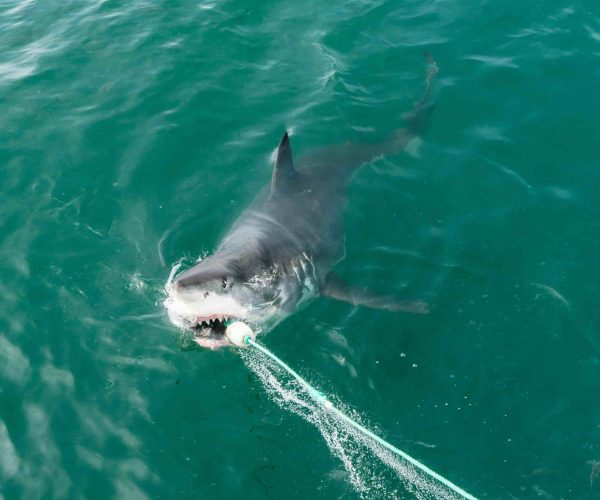
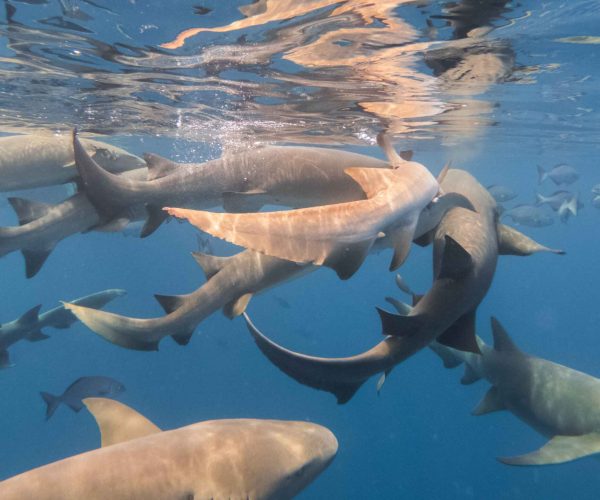
Natural Drivers: Ecology, Prey, and Seasonality
Shark appearance near boats often tracks biological and environmental rhythms. For great whites, factors like upwelling zones rich in fish, coastal seal colonies, and water temperature heavily influence their presence.
Broadening the view, data from Protea Banks (2013–2019) show six shark species, including hammerheads and tiger sharks, following distinct seasonal patterns—like hammerheads peaking in spring, tiger sharks in autumn—reflecting natural ecological cycles, not human lure.
Does Shark Cage-Diving Create “Permanent” Sharks?
It’s easy to imagine chumming breeds habituation, but studies contradict this. At Protea Banks, tourists averaged shark approaches within just 2.2 m, yet none reported aggressive behavior, and 70.7% actually supported chum usage as a safe, effective way to enhance sightings. This demonstrates that with proper protocols, shark interactions remain natural, non-threatening, and non-disruptive.
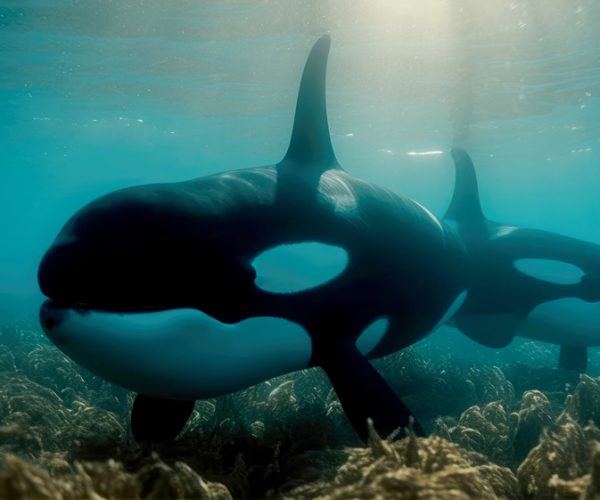
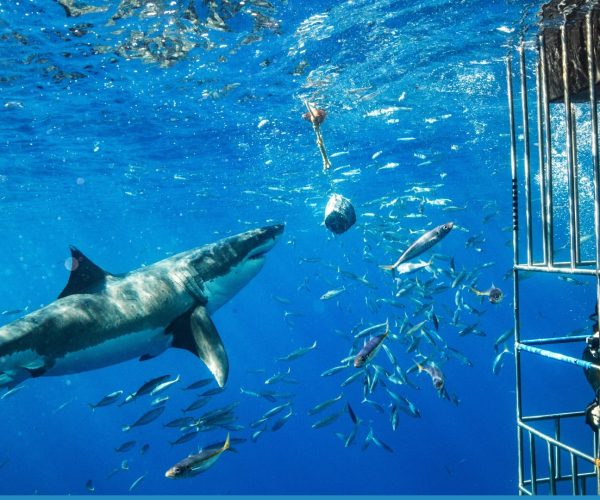
Predators Above Sharks: The Orca Effect
Ironically, boats sometimes attract sharks—but only when orcas aren’t around. In South Africa, a pair of orcas, Port and Starboard, have been observed surgically removing shark livers, a behavior first leading to great white shark disappearances in False Bay (starting 2017) and later observed with great whites off Gansbaai, and even later, Mossel Bay.
Drone and helicopter footage confirmed that following these predation events, white sharks fled the region for weeks. Clearly, orca presence—not chumming—plays a more powerful role in whether sharks show up near boats.
Context in Global Research
Globally, the evidence aligns. In Australia, cage-diving near the Neptune Islands had localized and limited long-term effects on white shark behavior; many sharks interact briefly without prolonged residence. In Hawaii, legal restrictions ban shark feeding for these very reasons; sharks shouldn’t learn to associate boats with meals.
Why Sharks Approach—and Why They Leave
| Factor | Influence on Shark Behavior |
|---|---|
| Chumming (responsibly) | Short-term, minimal; sharks investigate then leave |
| Seasonal ecology | Strong driver: prey availability, currents, seals |
| Transient shark populations | Sharks don’t “park” by boats; mobility high |
| Orca predation | Powerful deterrent: sharks flee following attacks |
| Global consistency | Research worldwide supports these patterns |
In South Africa’s vibrant marine tourism scenes showcased on platforms like Apex Shark Expeditions, we see that sensible chumming, combined with shark ethology and environmental context, forms the backbone of responsible shark encounters. It’s not about luring sharks into dependency; it’s about inviting them to visit—briefly and naturally.
So next time you’re out on the water, rest assured: you’re not altering shark behaviour—you’re simply joining them during their natural journey.

